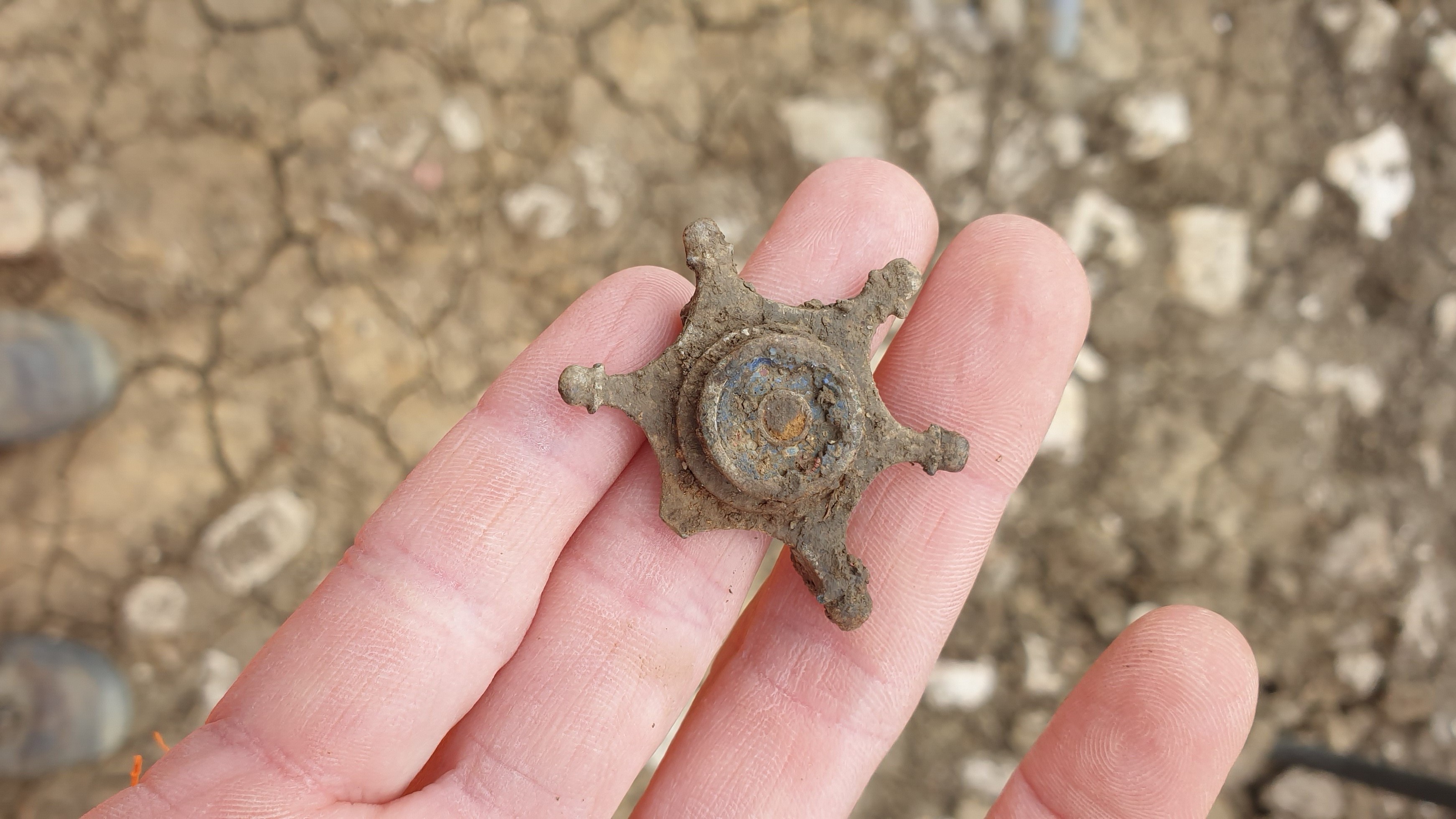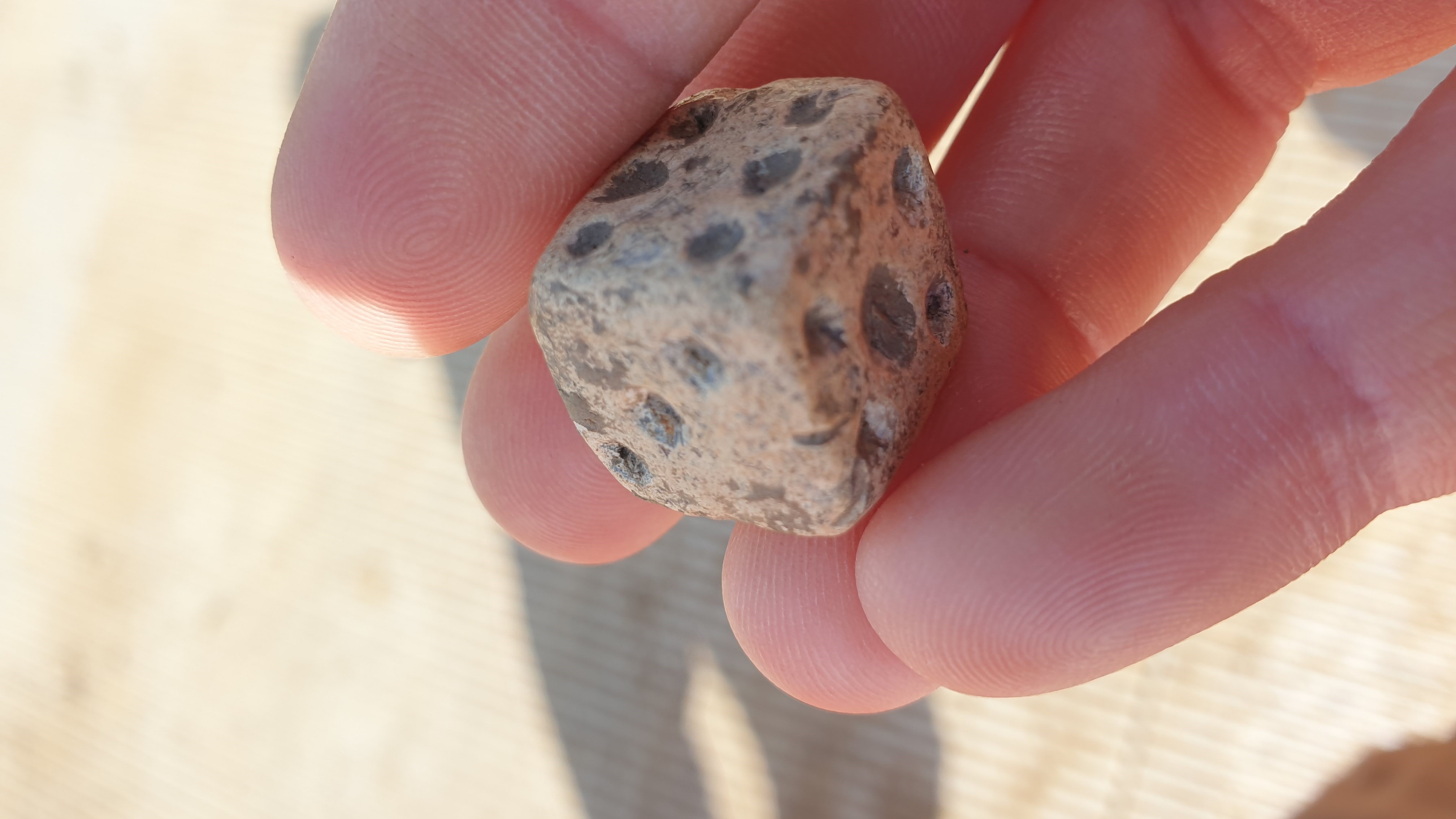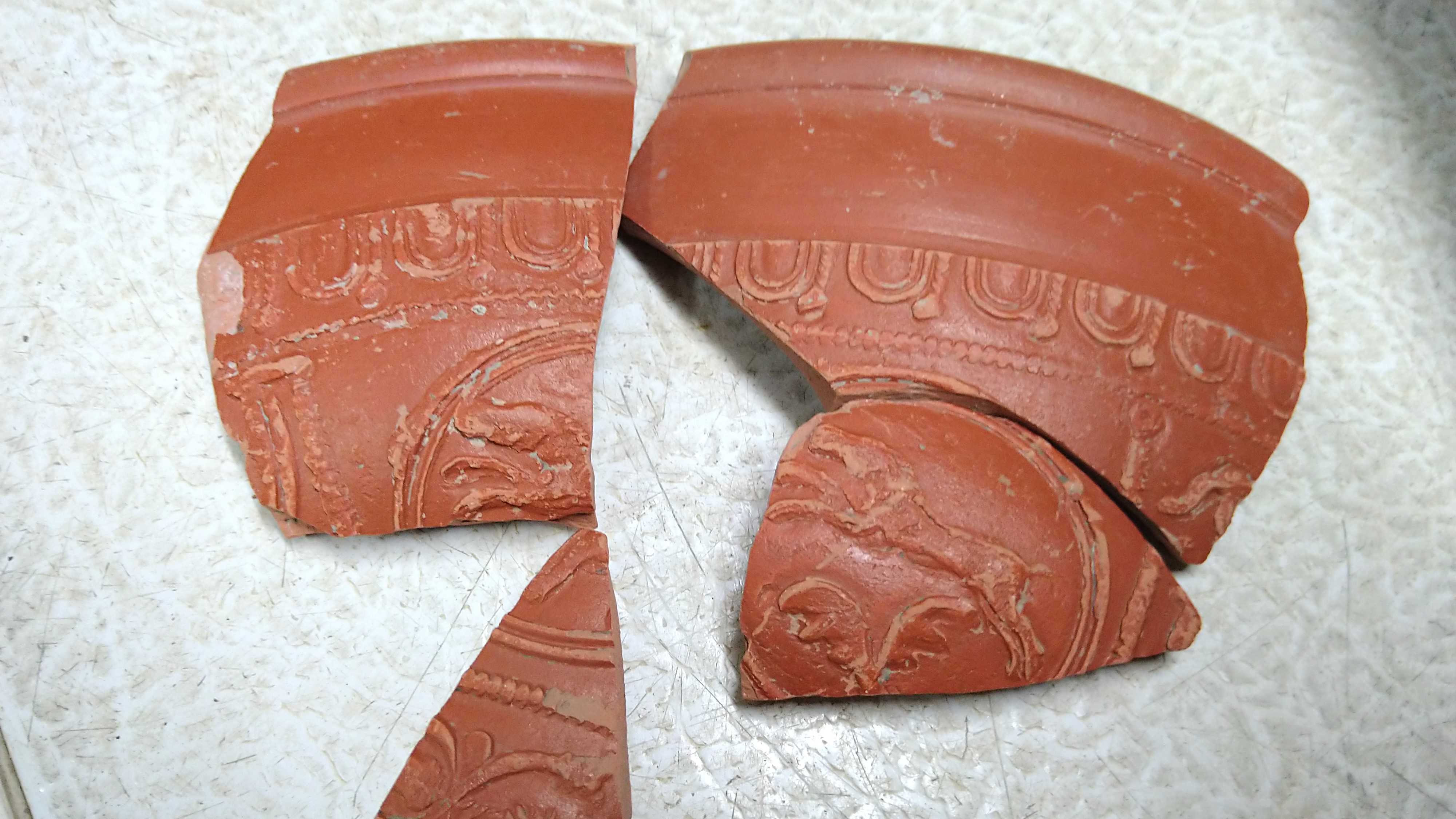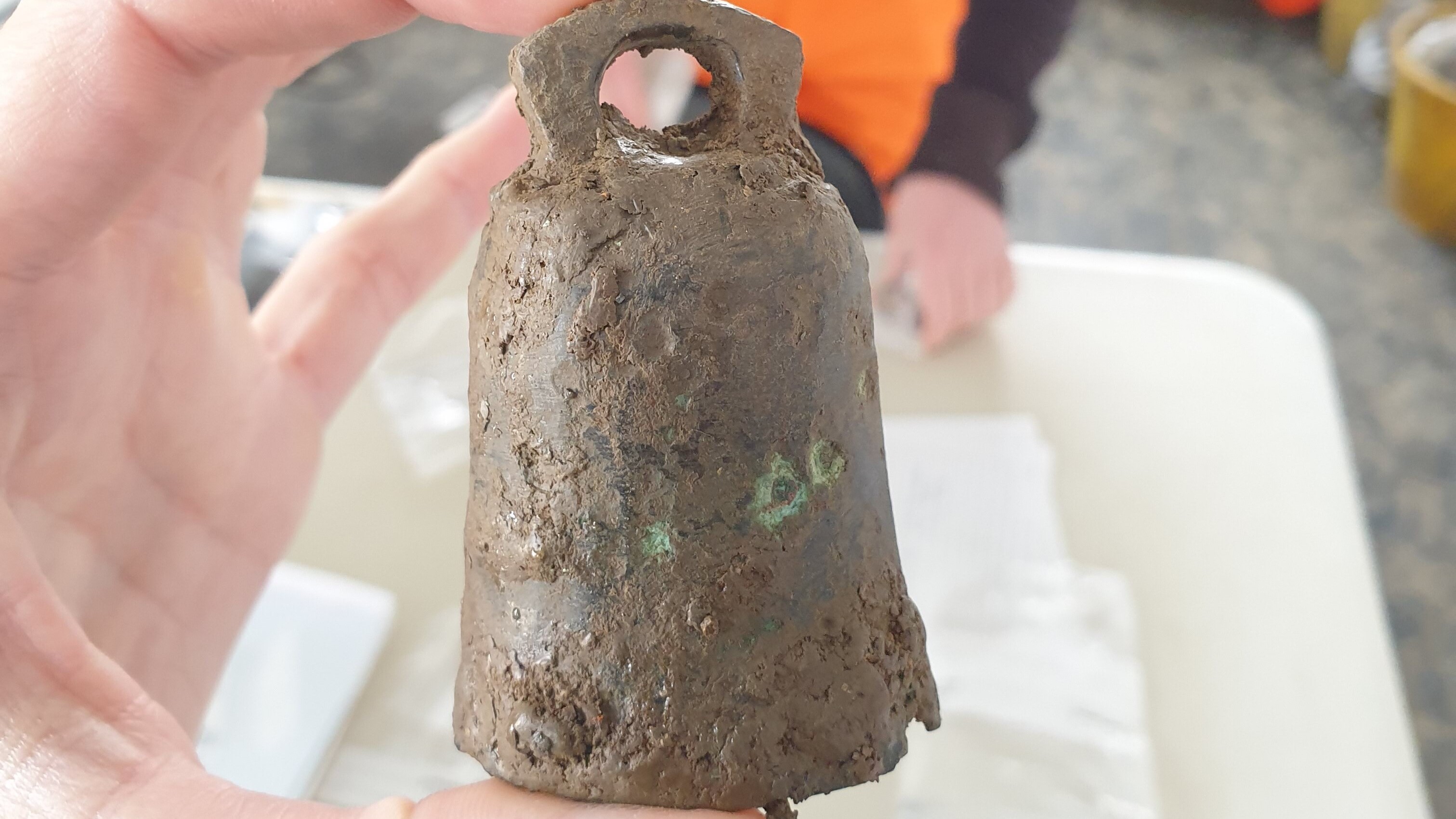Dozens of decapitated skeletons uncovered at ancient Roman site in England
Many were buried with their severed heads between their legs or at their feet.

While excavating a small Roman town, archaeologists were surprised to find 40 decapitated skeletons, which were liekly to have been executed criminals. Many of these decapitated individuals were buried in graves with their severed heads placed either between their legs or at their feet.
Altogether, they discovered the remains of around 425 individuals within the ruins of the town, which is located near the village of Fleet Marston in Buckinghamshire, England. The researchers found the site while investigating the route ahead of the construction of an upcoming high-speed railway called HS2. In addition to the burials, the team uncovered around 1,200 coins, as well as pottery, cutlery, gaming dice, bells and lead weights. The researchers think the town was most likely a trading center for the local area, according to an HS2 statement.
The burials were found in two main clusters, which experts believe could represent an influx of new people moving to the town and being buried separately. Some of the remains had been cremated, but the majority were inhumation burials, in which the entire body is buried more or less intact. Decapitated burials are not unheard of in Roman culture, especially in Roman Britain. But they are uncommon, and the number of beheaded corpses at the Fleet Marston site is unusually high, according to the statement.
Related: 10 stunning swords and other ancient weapons uncovered in 2021




There are several archaeological theories as to why some Roman bodies were decapitated.
"For the last 30 years, most [archaeologists] have tended to see decapitation as a kind of ritual practice," Rob Wiseman, an archaeologist at the University of Cambridge who was not involved in the discovery, told Live Science in an email. "Although what the purpose [of that ritual] was remains uncertain."
However, Wiseman believes that these types of decapitations are more likely the result of executions, and in 2021, he published a study in support of this theory. "Decapitation was one of the four main methods of execution sanctioned by Roman law" and is believed to have been a popular choice among lawmakers across Roman Britain, Wiseman said.
Sign up for the Live Science daily newsletter now
Get the world’s most fascinating discoveries delivered straight to your inbox.
In general, archaeologists cannot determine if the decapitated individuals had their heads removed before or after death, nor how they died, Wiseman said. But certain well-preserved skeletons do show evidence that the people were struck from behind with a very sharp blade while they were kneeling, he added.
One of the most surprising details about these 40 newfound burials is that, apart from the severed heads, the graves are no different from those of completely intact individuals. "They are buried with the usual types of grave goods, sometimes in coffins, and mixed in with other bodies in cemeteries," Wiseman said. "There is no sign of social ostracism or shameful treatment."
The remains of decapitated criminals were also likely returned to loved ones. "Roman law allowed for the body of executed criminals to be handed over to family or friends for burial," Wiseman said, "and families were presumably more likely than not to have given their relatives a normal burial."
To explain the placement of the severed heads in these burials, Wiseman suggested that relatives likely would have wanted to bury the head alongside the rest of the body, to ensure that the soul went down to the underworld and did not linger near the corpse to haunt the living. However, they also might have feared that the corpse could reassemble itself and rise from the grave, which would explain why the head was placed well away from the neck, he added.
In total, decapitated burials make up around 2% of known Roman burials, but this number is much higher in Roman Britain, Wiseman said. There are around 500 known decapitated burials in the U.K. (not including the 40 newly discovered bodies at Fleet Marston) and only around 50 across the rest of the Roman Empire.
The unusually high number of decapitated skeletons discovered at Fleet Marston could shed more light on the uncertain origins of decapitated burials, Wiseman said.
"One of the difficulties of interpreting decapitation is that most cemeteries have only a few examples to examine," Wiseman said. "The large cemetery at Fleet Marston will provide archaeologists with a rare opportunity to explore the relationship between decapitated and ordinary burials in a level of detail which is not generally possible."
The new discovery is the latest of a number of archaeological discoveries unearthed by the HS2 project, including another Roman town in Northamptonshire and an exquisitely preserved wooden figurine found in a ditch north of London.
Originally published on Live Science.

Harry is a U.K.-based senior staff writer at Live Science. He studied marine biology at the University of Exeter before training to become a journalist. He covers a wide range of topics including space exploration, planetary science, space weather, climate change, animal behavior and paleontology. His recent work on the solar maximum won "best space submission" at the 2024 Aerospace Media Awards and was shortlisted in the "top scoop" category at the NCTJ Awards for Excellence in 2023. He also writes Live Science's weekly Earth from space series.










